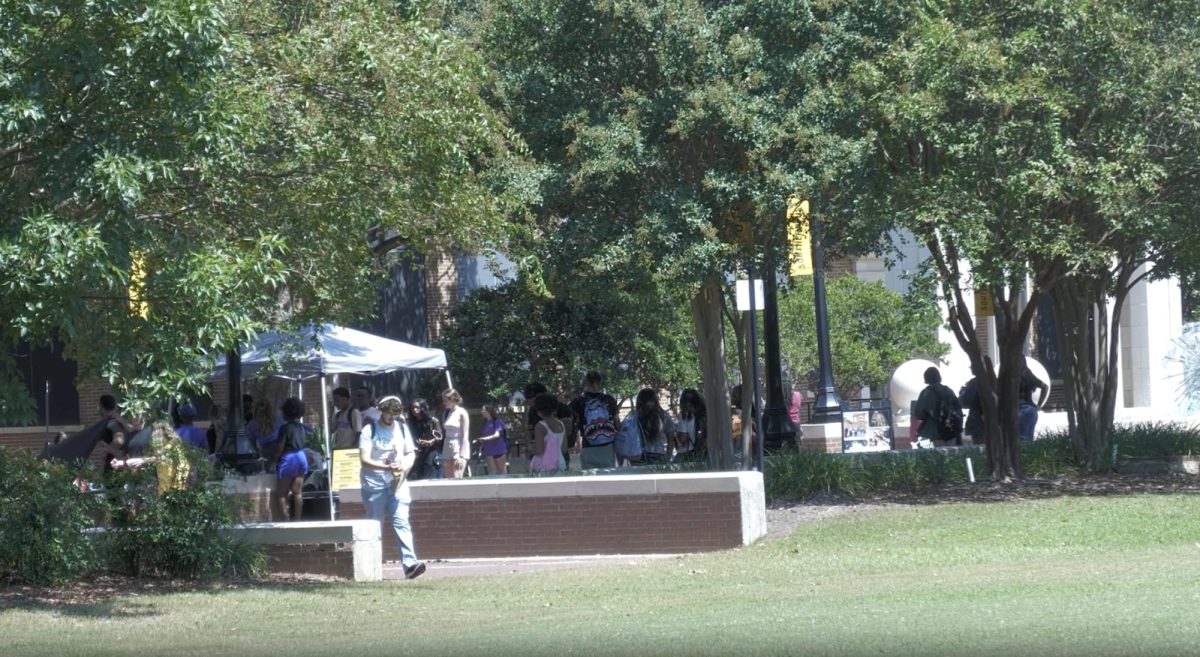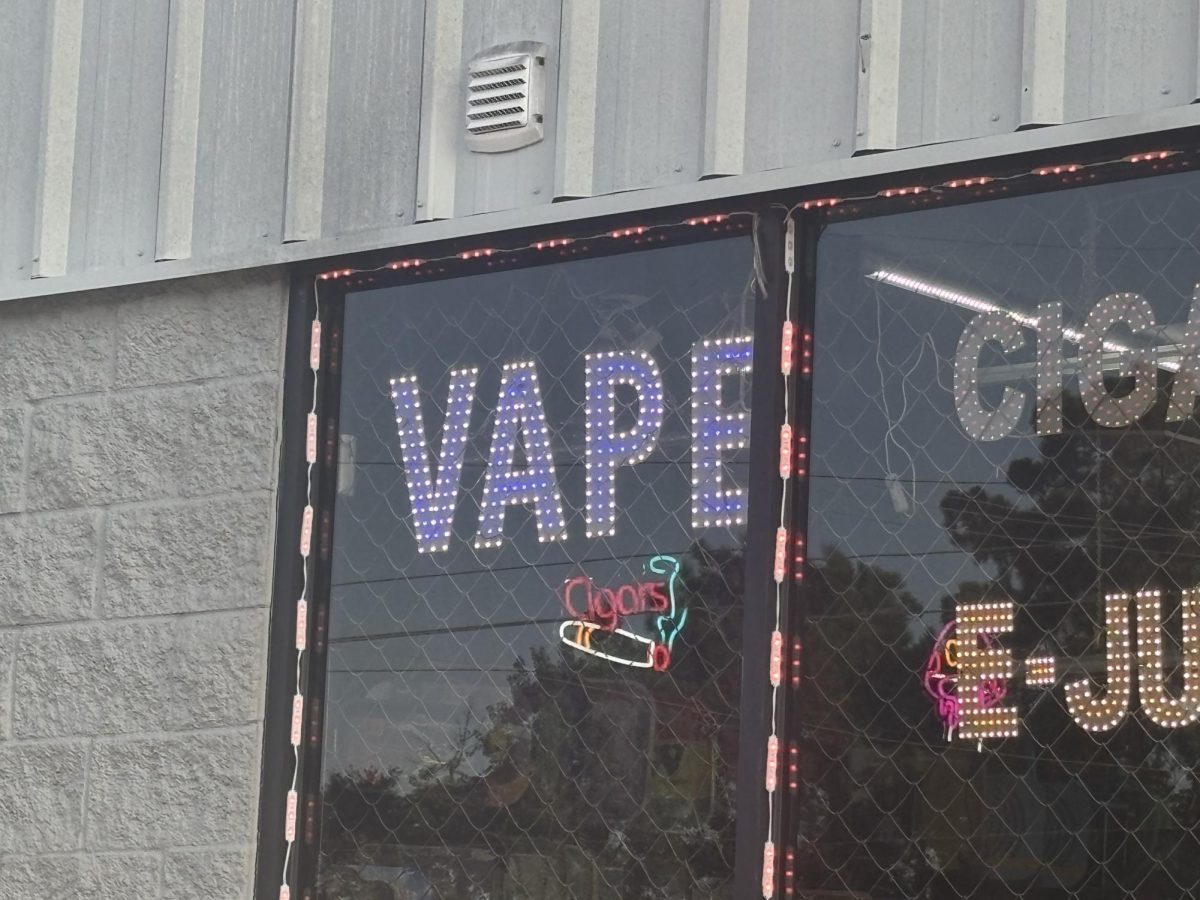On Sept. 29, Oxford High School’s newspaper The Charger published an article that took the Oxford community by surprise: “District considers opt-in school for low-income students.”
Most shockingly, the idea came from Oxford High School’s Superintendent Brian Harvey, who cited the achievement gap as his reason for the proposal.
“We have a lot of smart kids and because there is not a private school or other real viable options this creates a gap where we have the people who are high achieving students and then the low achieving students,” Harvey told The Charger. “We have one of the largest gaps in the state.”
Harvey went on to say that this gap is linked to poverty-stricken students who are eligible for free or reduced lunch.
“It is geared towards those who are in the low economic groups,” Harvey said. “There is a correlation between achievement and poverty.”
While Harvey meant for his idea to be innocuous, the proposal is strikingly similar to “separate but equal,” and I understand why students and parents feel insulted. Harvey’s disguised version of “separate but equal” isn’t racially-motivated, but race is linked to socioeconomics.
Historically, African-Americans are the poorest Americans and still are, according to U.S. Poverty Statistics released in September by the U.S. Census Bureau. Currently, 24.1 percent of African-Americans are in poverty.
To understand why African- Americans remain at the bottom of the socioeconomic food chain, one must examine the history of how they got there. The answer lies in systematic racism long after the slavery days were over.
Defined by sociologist Joe Feagin, systemic racism is “the complex array of anti-black practices, the unjustly- gained political-economic power of whites, the continuing economic and other resource inequalities along racial lines and the white racist ideologies and attitudes created to maintain and rationalize white privilege and power.”
An example of systematic racism against African-Americans can be found in employment or lack thereof.
According to NPR, unemployment rates are dropping, but the African- American unemployment rate is more than double the rate for whites at 8.8 percent. Of course this could be attributed to that percentage simply not having the right qualifications for the jobs they desire, but assuming the worst, the reason could lie in racist employers.
For example, a 2015 UCLA study found that employers were more likely to hire a male with a “white-sounding” name rather than a “black-sounding” name because “black” names like Jamal, DeShawn or Darnell are associated with violence due to common stereotypes of black men.
Black women are also discriminated in the work force, especially if they have natural hair. In 2007 a white “Glamour” magazine editor told employees that afros and dreads were a “no no” and that those “political hairstyles really have to go.” In 2014 Louisiana meteorologist Rhonda Lee gained national attention when she was fired from KTBS for defending wearing her natural hair on Facebook.
It should be noted that natural hair being declared unprofessional is nothing new, for early into the 1900s, black women straightened their hair to not only get jobs, but match white beauty standards.
Even if black men and women are employed, they earn less than their white counterparts due to the pay gap. According to the National Committee on Pay Equity in 2013, black men earned 75.1 percent of white men’s median earnings. The percentage gets even smaller if you’re a “double- minority”: black women earned 64 percent of white men’s earnings.
However, once again, this is nothing new. Unequal pay based on race and gender began early on in American history.
If you’re not earning enough money, you can’t afford to live in the nicest neighborhoods.
In the 1930’s, African-Americans were victims of redlining. Defined by Daily Beast writer Jamelle Bouie, redlining is “the practice of denying key services (like home loans and insurance) or increasing their costs for residents in a defined geographical area.” The Federal Housing Administration encouraged redlining and deemed African-American neighborhoods ineligible for FHA mortgages. This is how ghettos were formed.
And as we all know, where you live can determine your safety, access to health care and yes, even your access to a quality education.
Harvey’s right: There is a correlation between achievement and poverty. A school district cannot do much to improve a student’s economic situation, but it can do more to help its students achieve. While Superintendent Harvey is not responsible for systematic racism, he should be held responsible for dividing the Oxford High School student body based on socioeconomic status and inadvertently targeting African-American students.
And honestly, why would any type of segregation cross a Mississippi superintendent’s mind after the South’s history of blatant racism? Furthermore, Harvey’s proposal said less about the students at Oxford High School and more about his nonbelief in the staff and faculty to provide the resources necessary in creating successful students.
Thankfully, after backlash from students and parents, the Oxford Board of Trustees released a statement on Sept. 30 saying they “have no plans to create a separate school and will move forward only with participation of the Oxford community.”





























